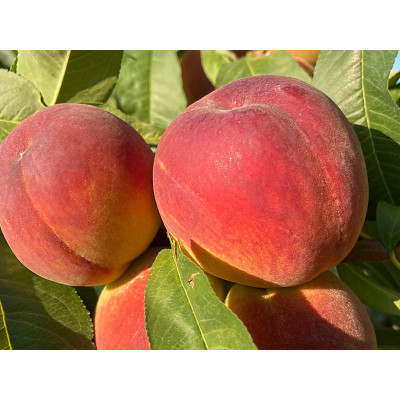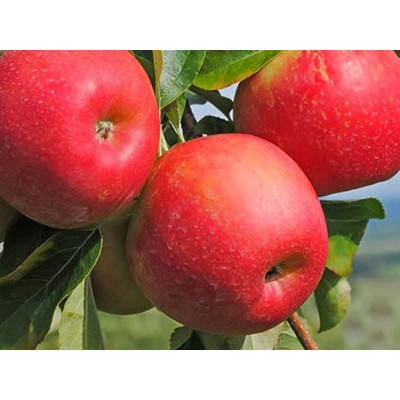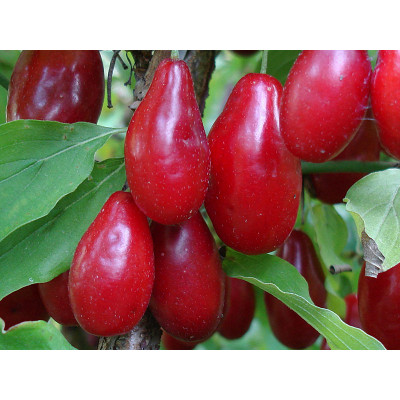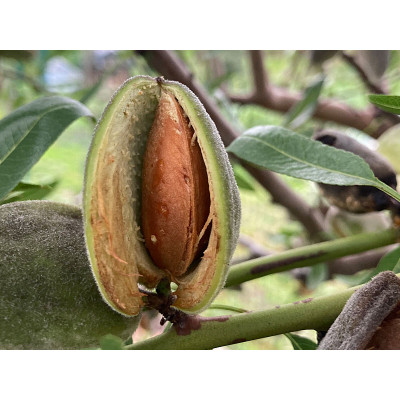Fig Tree (Ficus carica) MADELEINE DES DEUX SAISONS

New
- All the plants that we have on offer and that you can order are actually in stock.
- The standard delivery time is 2-3 working days.
- We always ship parcels on Mondays, Tuesdays and Wednesdays.
- By arrangement, we can also ship plants on Thursdays or Fridays (we do not normally ship on these days in case there is a problem so that the parcels are not left in the depot unnecessarily over the weekend).
- The shipping price depends on the weight of the ordered goods (the more products, the cheaper the price)
- after you have placed the plants in the shopping cart, enter “calculate provisional shipping price” in the shopping cart, after entering the data the eshop will calculate the provisional shipping price for you.
Ask a Question About This Product
Fig Tree (Ficus carica) MADELEINE DES DEUX SAISONS
| Specifications | |
| Height at sale | 40-50cm |
| Pot | 5L |
| Sell as | 2 year old |
| Ripening time | August/September-October |
The standard delivery time for Austria is 2-3 working days.
We send goods on Monday, Tuesday, Wednesday, by agreement also Thursday or Friday.
We send goods on Monday, Tuesday, Wednesday, by agreement also Thursday or Friday.
Price
29,00€
- Stock: In Stock
- Model: Ficus carica
Madeleine des Deux Saisons, literally "Magdalene of Two Seasons," is a traditional and very popular French fig variety originating in the Anjou region. It is characterized not only by its attractive golden-brown striped fruit, but also by its exceptional ability to produce two rich harvests per year. Thanks to its frost resistance, reliable fertility, and excellent taste, it is an ideal choice for home growers in Central European conditions.
The plant has medium-strong, upright growth. Mature trees reach a height of 2.5 to 4 meters, depending on pruning. It is very productive and, thanks to its compact shape, is suitable not only for larger but also for smaller gardens.
The variety is parthenocarpic and self-pollinating, meaning that the fruits develop without the need for pollination. The fig tree produces its first crop (breba) on old wood, usually from the beginning of August, with fruits weighing 100 to 120 grams. The second crop, which forms on new shoots, ripens from mid-September to October and its figs are slightly smaller (70-80 g), but often even tastier.
The fruits are large, plump and visually very attractive – they have a shiny skin with golden-brown stripes. The flesh is bright red to amber red, juicy, with a pleasantly sweet and fruity taste. They are excellent not only for fresh consumption, but also for drying and processing into jams or pastes.
The variety is well adapted to temperate climates and can withstand frosts down to -15 °C. Under our conditions, it shows no sensitivity to common diseases or pests. Figs ripen reliably even in areas with shorter autumns.
Two- to three-year-old branched plants are recommended for planting in open ground. One-year-old seedlings should be pre-grown in pots (5–10 liters) and, after the leaves have fallen, overwintered in a bright, cool, frost-free room or cellar. This method of overwintering must be repeated for 2 to 3 seasons until the plant becomes stronger. The fig tree achieves full frost resistance when its trunk is at least 6-7 cm thick.
The first harvest can be expected in the second year of cultivation in a container. If the plant freezes during a harsh winter, the roots usually survive and sprout new shoots in the spring, which can bear fruit in the same year.
The fig tree requires slightly calcareous, humus-rich and well-drained soil. It thrives best in a sunny location on a south-facing wall, where it is protected from wind and frost. Spring pruning helps maintain the shape and health of the plant, while summer pruning (shortening new shoots to 3-5 leaves) promotes abundant fruiting.
Madeleine des Deux Saisons is a reliable, twice-bearing, frost-resistant French fig variety with beautiful golden-brown fruit, sweet bright red flesh, and excellent fertility. It is ideal for those who want to enjoy figs not only during one but two seasons a year – whether in open ground or in a larger pot.







































































